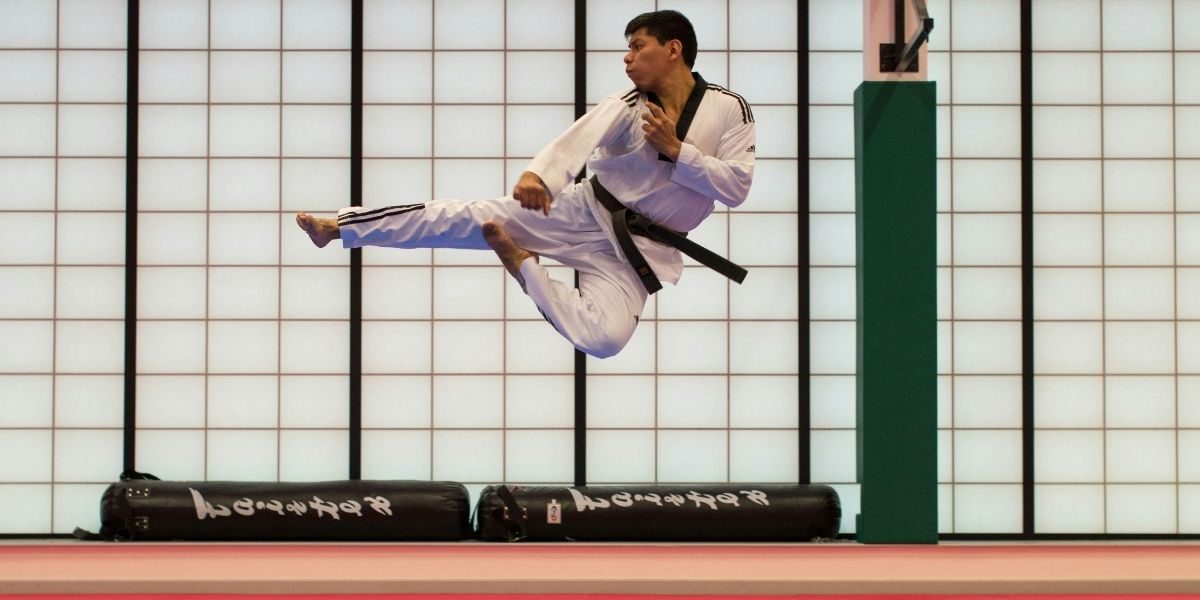Martial arts have long been a part of human history, influencing combat techniques, self-defense, and competitive sports. Whether practiced for discipline, self-improvement, or professional fighting, these combat systems have evolved to create a diverse and structured form of organized fighting. In the modern world, they serve as the foundation for mixed martial arts, a sport that combines different styles into a single competitive platform.
Read Also: Tech and Family: Navigating Screen Time, Social Media, and Digital Connection
What Are Martial Arts and Why Do They Matter?
Martial arts encompass a range of fighting techniques developed for self-defense, warfare, and sport. Each system has a unique philosophy, training regimen, and practical application. While traditional styles focus on discipline and technique, modern adaptations prioritize efficiency in combat situations. The importance of these disciplines extends beyond competition; they promote physical health, mental resilience, and self-discipline.
How Have Martial Arts Shaped Modern Combat Sports?
The influence of martial arts on competitive fighting is undeniable. Many of the techniques seen in today’s top-tier combat sports originate from historical styles refined over centuries. Boxing, kickboxing, and wrestling play a crucial role in striking and grappling exchanges, while judo and Brazilian jiu-jitsu emphasize throws and submissions. The introduction of mixed martial arts as a mainstream sport has brought these elements together, testing their effectiveness against one another.
Traditional techniques have also influenced professional fighters, who adapt moves from various disciplines to suit their fighting styles. Karate’s precision, taekwondo’s speed, and muay Thai’s striking power have all contributed to the dynamic nature of modern combat sports. This fusion of styles ensures that martial arts remain relevant, continuously evolving with new strategies and approaches.
Which Martial Arts Are Most Effective in Competitive Fighting?
Different combat styles offer unique advantages in professional competition. Striking-based disciplines like boxing and muay Thai emphasize powerful punches, kicks, and knee strikes. Fighters trained in these arts often excel in stand-up exchanges, using footwork and timing to create openings for attacks.
Grappling-based styles such as Brazilian jiu-jitsu and wrestling focus on controlling opponents through takedowns, positional dominance, and submissions. These techniques allow fighters to neutralize striking specialists by forcing them into ground battles. Judo, another highly effective grappling discipline, specializes in throws that transition seamlessly into submission holds.
Hybrid disciplines like sambo and catch wrestling combine elements of striking and grappling, making them well-suited for mixed martial arts competition. Fighters who master multiple disciplines gain a strategic advantage, enabling them to adapt to different opponents.
How Do Martial Arts Impact Physical and Mental Strength?
Training in martial arts develops both physical endurance and mental fortitude. Fighters must maintain peak conditioning to endure long training sessions and intense bouts. Strength, agility, and reflexes are honed through consistent practice, ensuring that techniques can be executed with precision.
Beyond physical benefits, martial arts instill mental resilience. The discipline required to master techniques translates into focus and self-control in high-pressure situations. Fighters learn to stay composed under stress, making calculated decisions rather than reacting impulsively. This mindset extends beyond the ring, influencing daily life and personal development.
Why Are Martial Arts More Popular Than Ever?
The rise of mixed martial arts and televised competitions has contributed to a renewed interest in martial arts training. With global promotions showcasing high-level combat athletes, the appeal of learning these skills has grown significantly. People of all ages now engage in training for self-defense, fitness, or professional aspirations.
Martial arts have also gained recognition for their role in personal development. Many practitioners credit their training for improved confidence, discipline, and perseverance. The structured environment of martial arts academies fosters respect and camaraderie, creating a community of individuals dedicated to self-improvement.
Read Also: How the Gulf Stream Affects Weather and Ecosystems
How Will Martial Arts Continue to Evolve?
As combat sports progress, martial arts will continue to adapt. Fighters and trainers constantly refine techniques to gain an edge in competition. Advancements in sports science also play a role, optimizing training regimens for better performance. The fusion of traditional knowledge with modern innovations ensures that martial arts will remain a vital part of combat sports for generations to come.
Martial arts are more than just a form of combat; they represent a disciplined approach to self-improvement and competition. Whether practiced for sport, fitness, or self-defense, their impact on modern fighting remains undeniable.
Published by Drake M.








